ServiceXRG has identified the following types service organizational structures common within the technology industry. Which one best describes your current state?
Siloed
- Individual service functions operate independently from one another. (support, education, professional services).
- Distinct service silos may report into different parts of the business.
- Little to no formal coordination across customer accounts.
- Service activities may be also performed outside of service departments (e.g. Sales engineers).
- Service success metrics are not shared across service departments (silos).
Unified
- Individual service functions operate separately from one another. (Support, Customer Success, Education, Professional Services) but are organized within a common service department.
- Increased cooperation and coordination between service functions.
- Emergence of resource pooling and unified service offerings.
- Service success metrics are coordinated within a common service department.
Integrated
- Fully integrated service capability organized within a common service department.
- Siloed organizational structures are replaced with resource pools from which skills may be drawn to deliver services.
- Service offerings transcend traditional service disciplines and offer customer-focused enablement.
- Common goals and measures of success shared across all services roles and functions.
Recommendations
- Select an organizational structure that can deliver an efficient and effective customer experience across the entire product ownership lifecycle.
- Create a bench of technical resources that can be deployed to both pre- and post-sales activities.
- Coordinate account management across all service and sales functions.
- Established shared goals and objectives that transcend all service and sales teams.
- Make certain that everyone is incented to retain and expand customer relationship value.
- Create training and career advancement opportunities that span service and sales functions.




